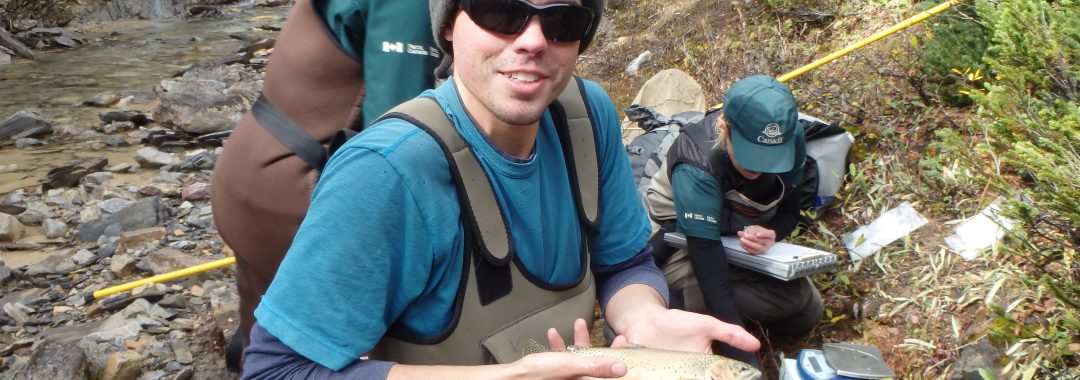Abstract:
Science-based approaches for selecting among single-species, community-, and ecosystem-based recovery plans are needed to conserve imperilled species. Selection of recovery plans has often been based on past success rates with other taxa and systems or on economic cost, but less on the ecology of the system in question. We developed a framework for selecting a recovery plan based on the distributions and ecology of imperilled and nonimperilled species across available habitat types and applied it to fishes in the Sydenham River, Ontario, Canada. We first tested whether distributions of fishes were adequately predicted by habitat features hypothesized to limit the distributions of imperilled fishes versus a broader set of habitat features known to predict fish distributions. We then tested whether imperilled species occurred in similar or disparate habitat types. For the Sydenham River, an ecosystem-based recovery plan was deemed most appropriate because imperilled species occur in disparate habitat types. We lastly provide decision criteria to facilitate applications of our framework to the selection of recovery plans for other species and systems.
Citation: Poesch, M.S., Mandrak, N.E., and McLaughlin, R.L. 2008. A practical framework for selecting among single species, multi-species and ecosystem-based recovery plans. Canadian Journal for Fisheries & Aquatic Science 65: 2656-2666.
Also Read:

